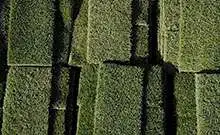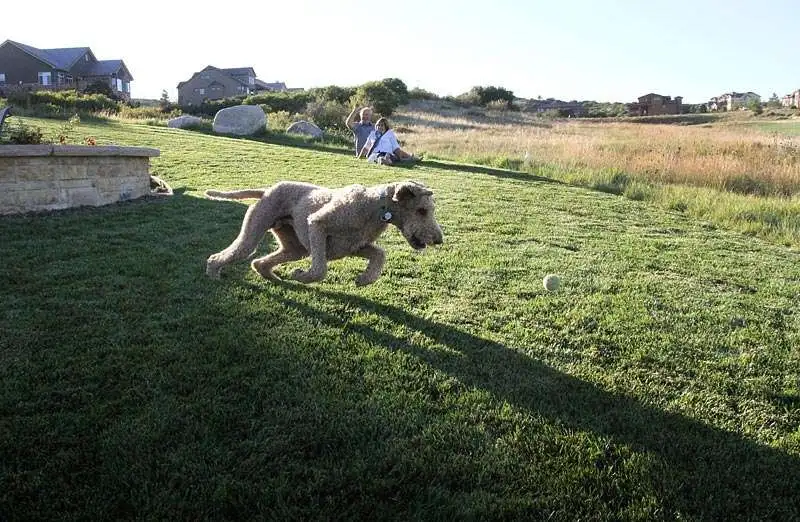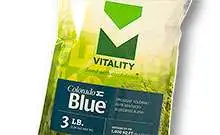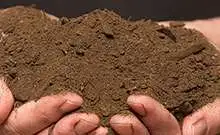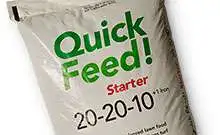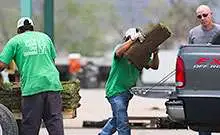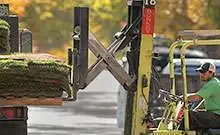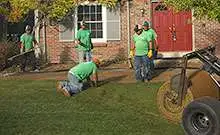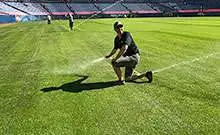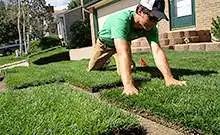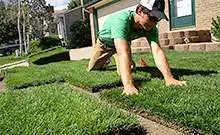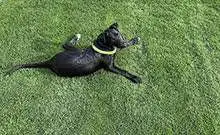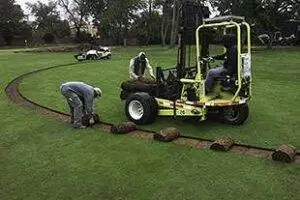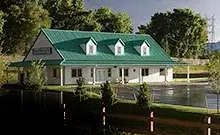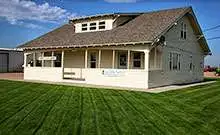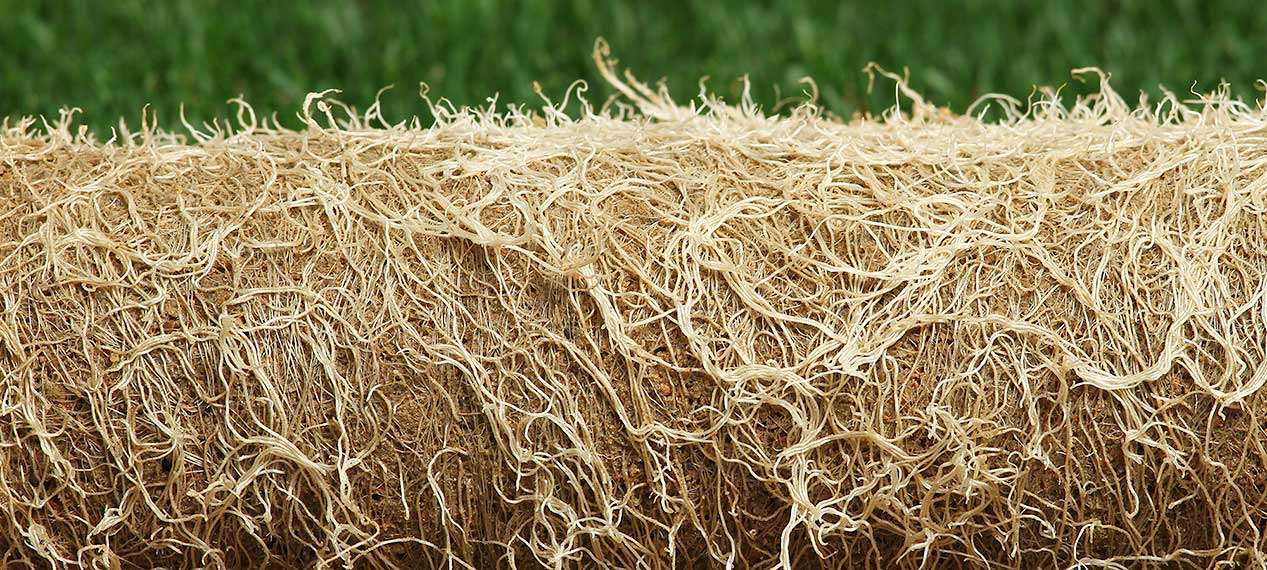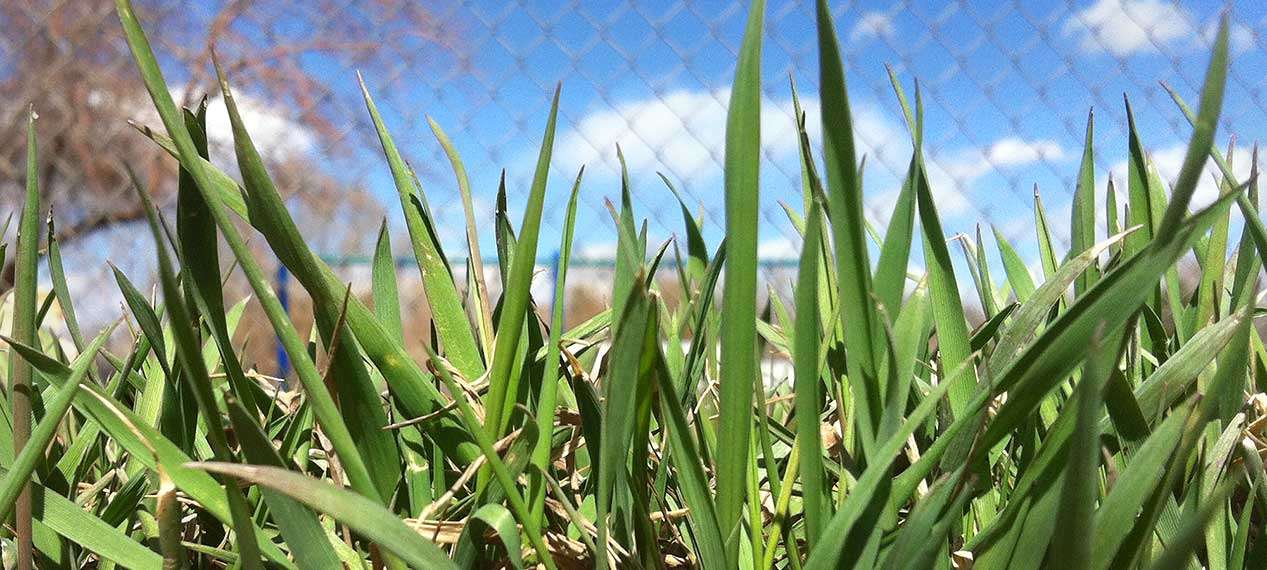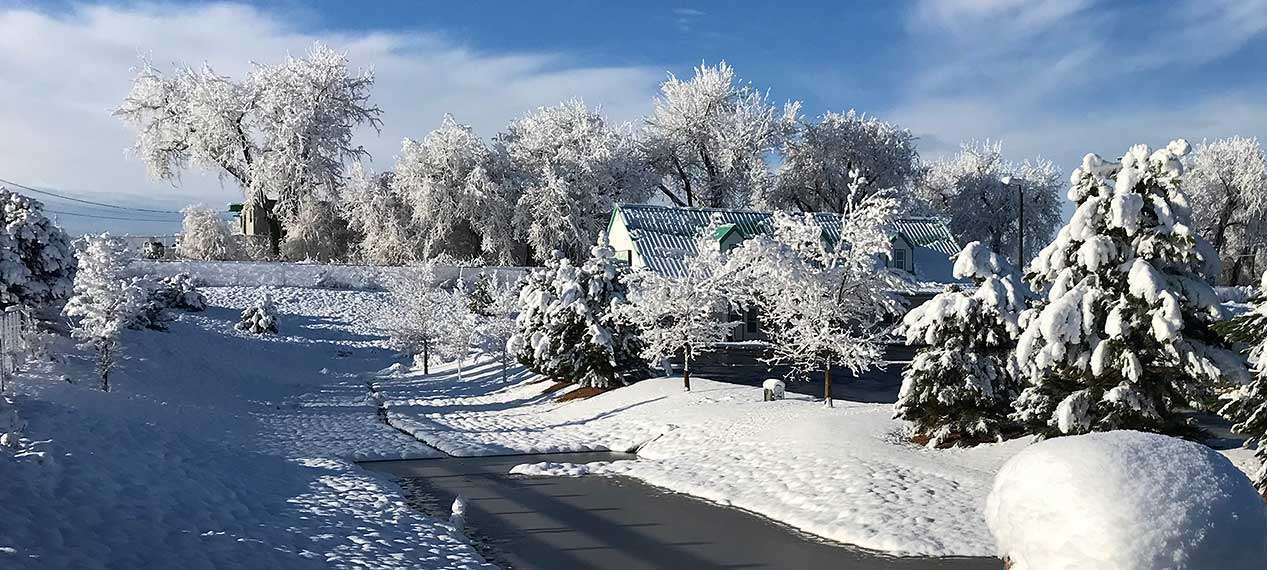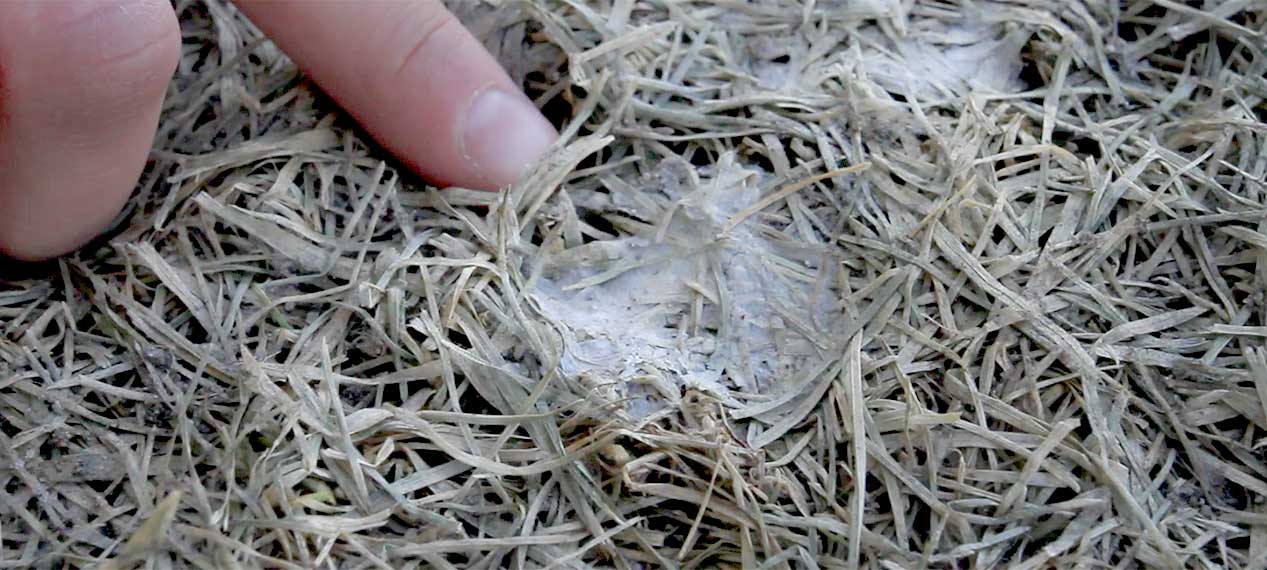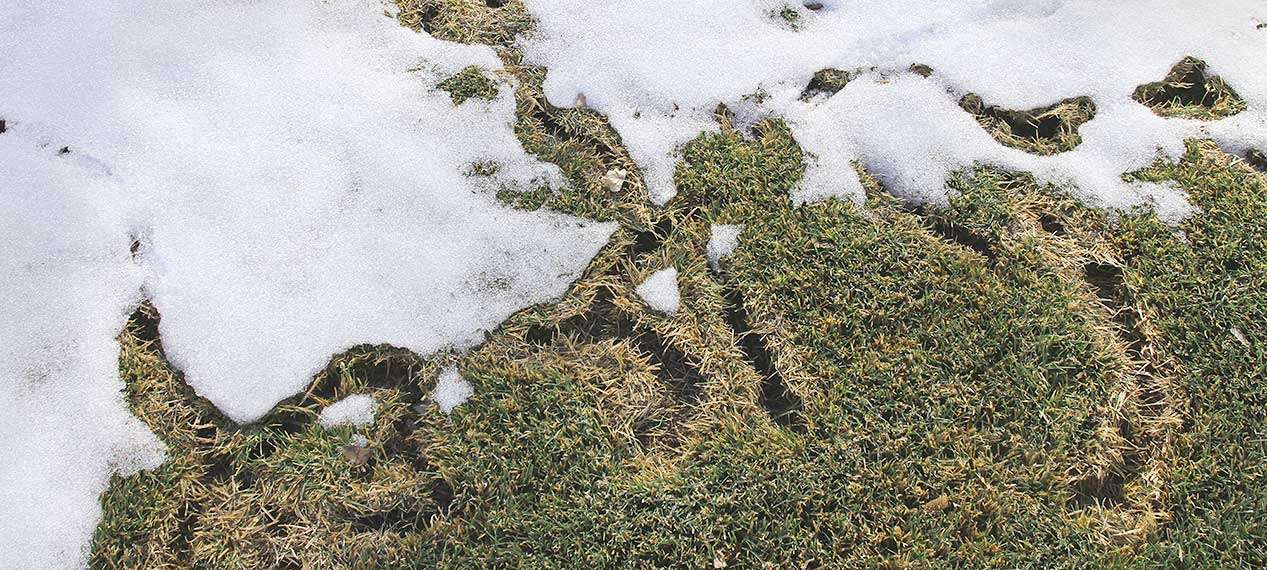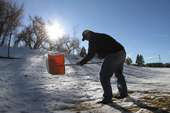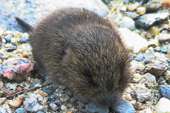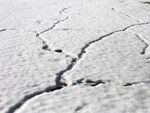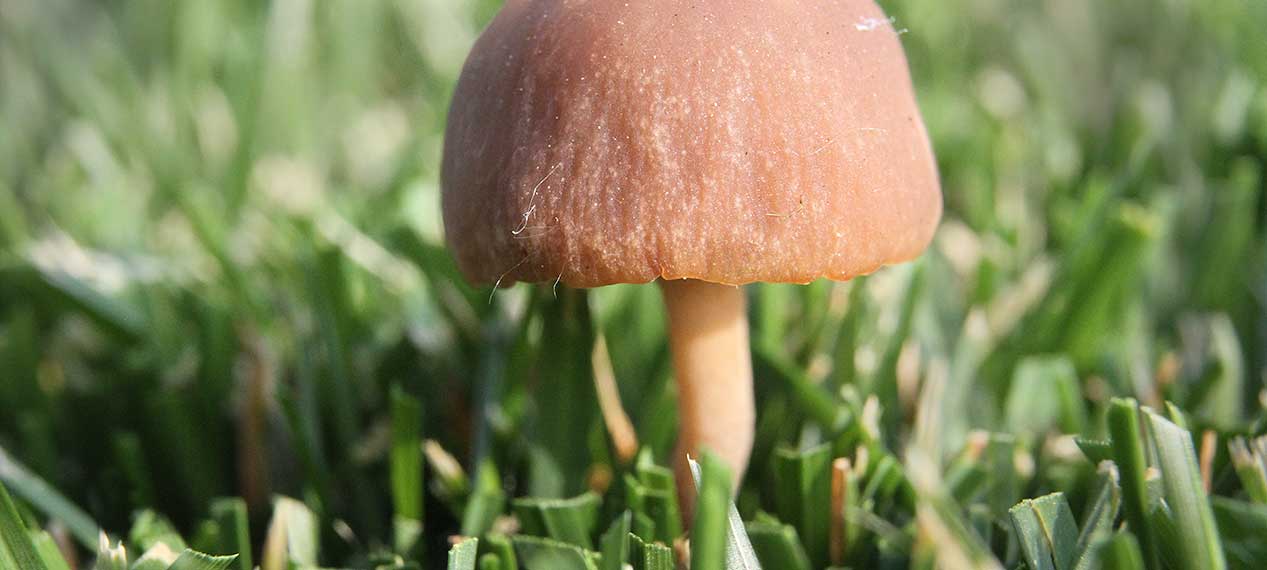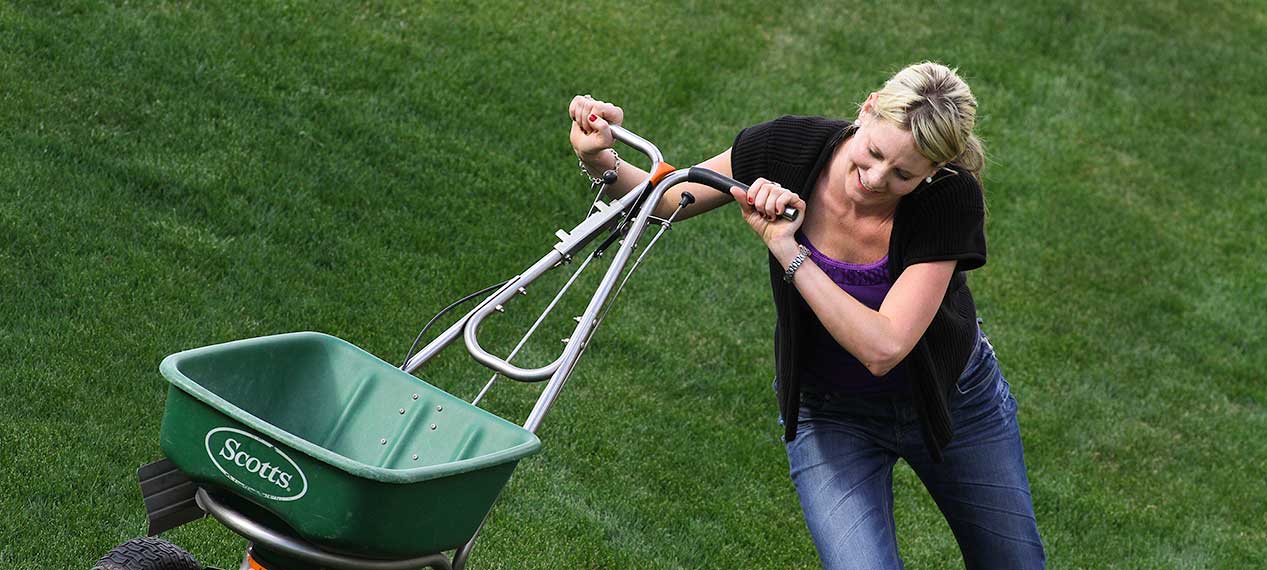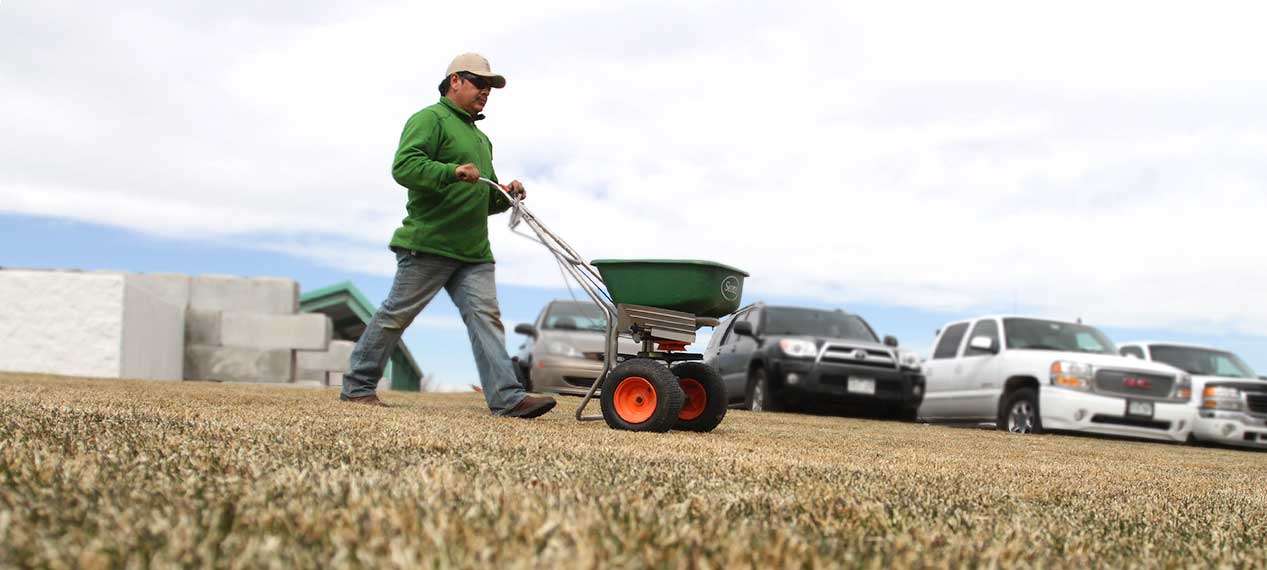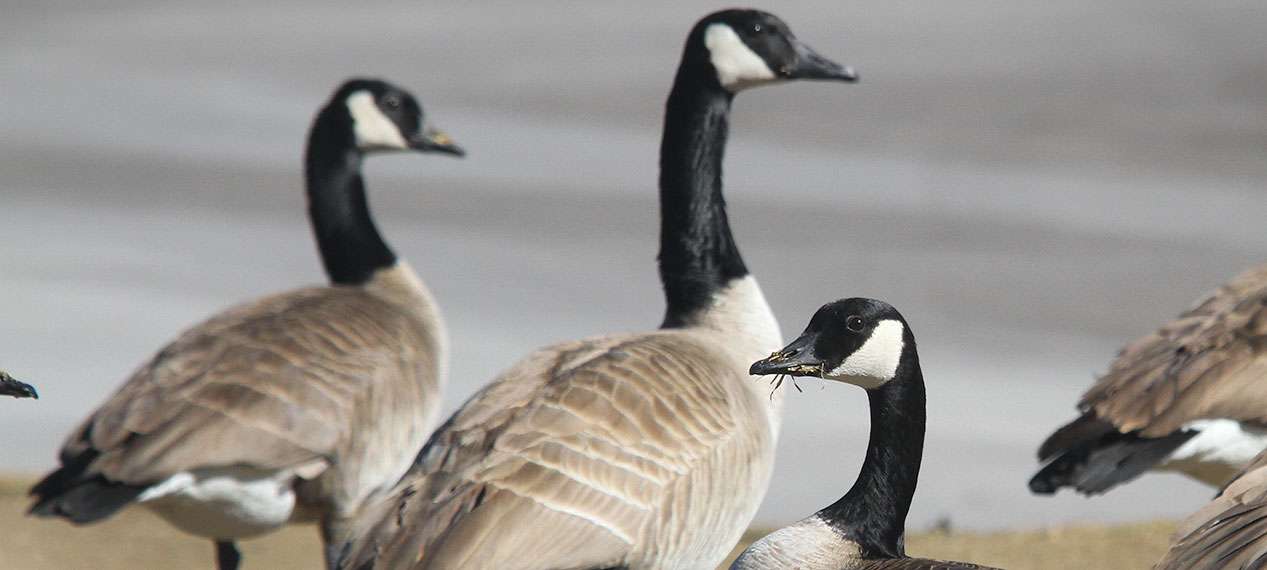Dinner and a Drink, (fertilizer + precipitation)
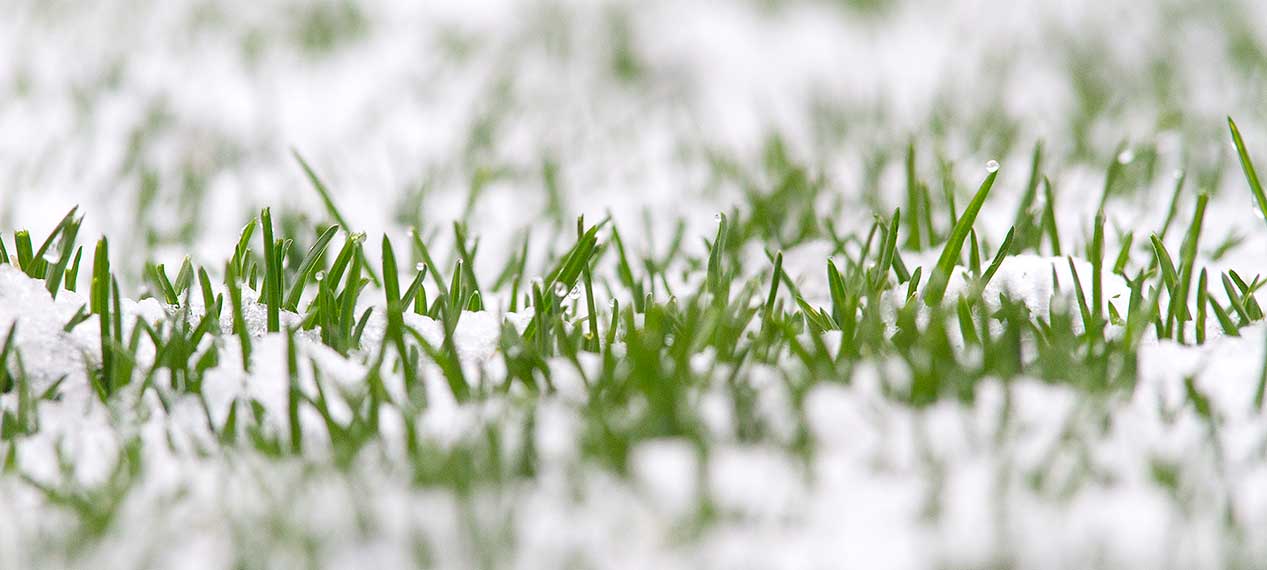
Even plants deserve a special treat every now and then; indulge your lawn to a night out on the town by fertilizing right before a rain or snow storm!
Snow perks up your lawn
Although you might view these spring snow storms we’ve been experiencing as a drag, your lawn could not be more grateful for the free drink! All the natural precipitation helps your lawn’s root system grow deeper into the ground. A strong and deep root system allows your lawn to withstand higher temperatures and drought conditions with much more ease. If you want to see even better results in the months to come, let your lawn have the full fine dining experience by fertilizing right before a precipitation event. Fertilizer contains all of the essential nutrients your lawn needs to thrive, and water actually activates the fertilizer and allows it to penetrate into the soil. So by fertilizing right before a storm, you allow mother nature to help those added nutrients really soak in.
Snow has a lower pH than most water
Not only does the extra precipitation help your water bill, but the rain and snow is better for your lawn than treated water. Natural precipitation has a lower pH, which helps release nutrients into the soil. This makes it easier for your lawn to absorb nutrients from the fertilizer you put down before the storm. Rain water also has a higher level of nitrogen than treated water. Nitrogen is one of the main ingredients in fertilizer. So it gives the sod an extra kick! Precipitation also provides an extremely even watering and makes sure that the entirety of your lawn is taken care of and no spots have been left out.
Create a healthy lawn
It’s important to thicken up your lawn in the spring instead of during the heat of the summer. This really helps the root system grow deep into the ground. That way, the sod has better access to ground water and nutrients further into the soil and can withstand drought conditions more easily. A thicker and healthier lawn also crowds out weeds, meaning less lawn work in the long run! Creating an extremely healthy and durable lawn starts right now — with Mother Nature’s help. For a healthy lawn all summer long, treat your lawn to dinner and a drink!

